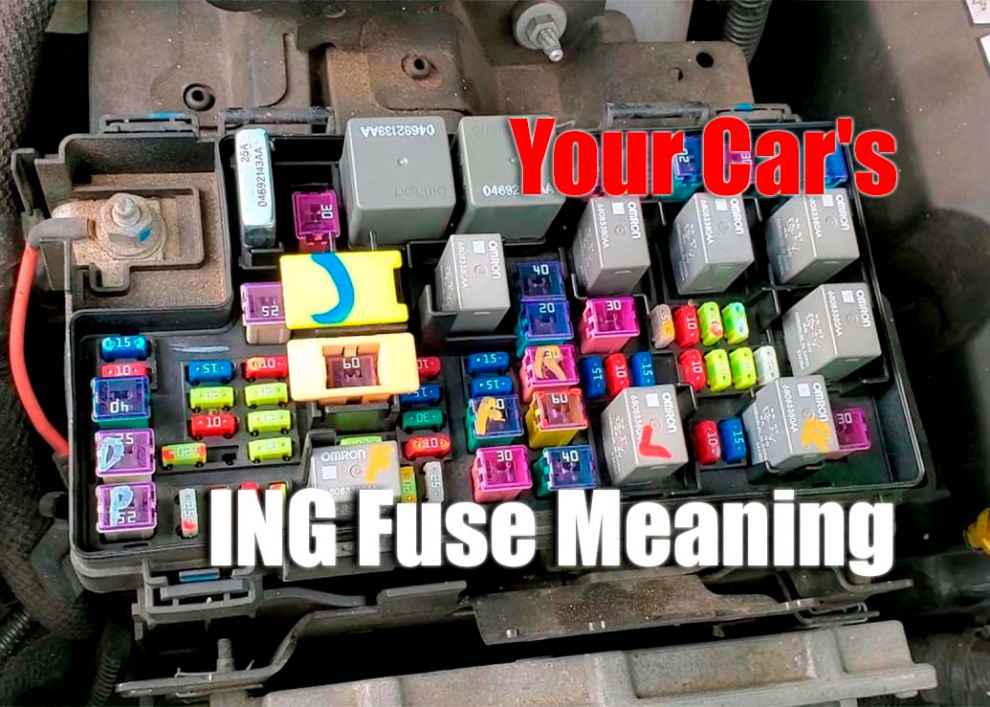The electrical system of a Jeep is a complex network that relies on various components to ensure proper functioning. Among these components, the IGN fuse holds a significant role. If you’ve ever wondered what an IGN fuse means in a Jeep and how it impacts the vehicle’s electrical system, you’ve come to the right place. In this article, we will consider the meaning and importance of the IGN fuse, discuss its location within a Jeep, and explore the common symptoms of a blown fuse. Understanding the role of the IGN fuse will empower you to troubleshoot and address electrical issues in your Jeep effectively.
What Is an IGN Fuse in a Jeep?

It’s important to check this fuse regularly since it can become worn over time with normal use. If it appears corroded or damaged in any way, it should be replaced immediately before any further damage occurs. Additionally, suppose your Jeep fails to start or stalls unexpectedly during operation. In that case, there may be an issue with the IGN fuse, and you should have it checked immediately by a professional mechanic to prevent further problems down the road.
Symptoms of a Blown IGN Fuse
A blown IGN fuse can be a common problem in cars. If your vehicle is having trouble starting or if you are noticing strange electrical issues, the IGN fuse may have blown. Here are some of the symptoms that you should look out for if you suspect that there might be an issue with the IGN fuse:
-
Your car won’t start – If your vehicle won’t start and you have already checked the battery and other components, the IGN fuse may have blown. When this happens, it will prevent electricity from reaching the ignition system, which will stop your engine from starting up.
-
Dashboard lights flickering – Another symptom of a blown IGN fuse is flashing dashboard lights when attempting to start your vehicle. If this happens, it could indicate insufficient power being supplied to certain parts of your vehicle’s electrical system due to a faulty or broken fuse.
-
Unusual sounds from under the hood – You may also hear unusual sounds from under the hood if there is an issue with your IGN fuse. It could be caused by components not receiving enough electricity to operate properly or by something else blocking electricity from reaching them altogether.
-
Electrical accessories not working correctly – Finally, if you notice that any of your electrical accessories, such as headlights or radio, aren’t working correctly or at all, this could also indicate a blown IGN fuse, as these require an adequate amount of power to function correctly and safely.
These symptoms can indicate that your IGN fuse has blown and should be replaced as soon as possible to ensure your vehicle continues functioning correctly and safely.
Conclusion
The IGN fuse is an important component of a Jeep’s electrical system. It prevents overloads from occurring and damaging other parts of the car. Knowing where to locate the IGN fuse and understanding the common symptoms of a blown fuse can help drivers identify and fix problems quickly and effectively. If you suspect your Jeep may have a blown IGN fuse, replace it with one with an identical circuit rating as soon as possible to avoid further damage to the vehicle’s electrical components.

Add Comment